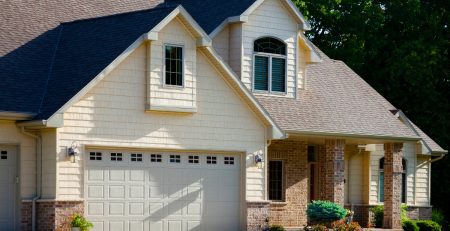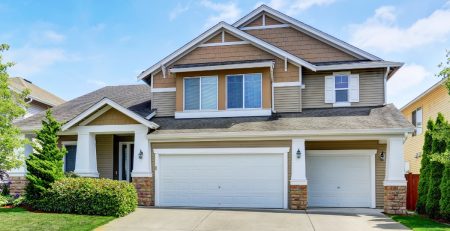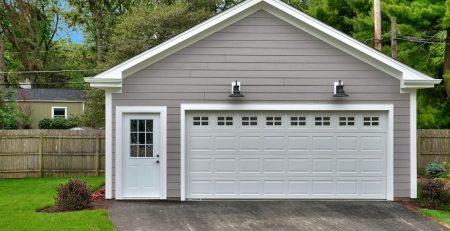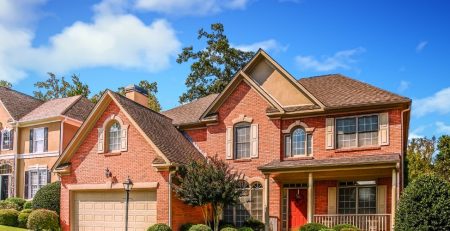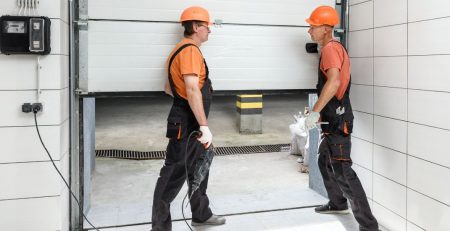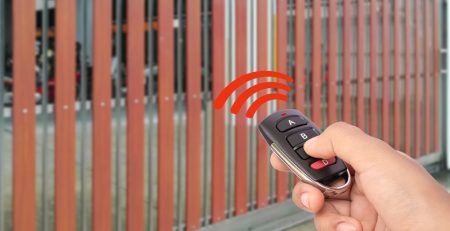How Often Should You Lubricate Your Garage Door – A Comprehensive Guide by Gulliver Garage Doors
Welcome to Gulliver Garage Doors’ comprehensive guide on maintaining your garage door’s longevity and smooth operation. Regular lubrication is crucial for the health of your garage door. This guide will delve into the significance of proper lubrication, discussing the optimal frequency, best practices, and the essential areas to focus on. Whether it’s the garage door springs, rollers, bearings, or other moving parts, understanding the significance of lubrication can significantly impact your garage door’s overall functionality and lifespan.
Understanding the Significance of Garage Door Lubrication
Your garage door is a complex system comprising various components, including door openers, springs, rollers, hinges, and more. These moving parts work together to ensure your garage door opens and closes smoothly. However, over time, the constant friction and exposure to the elements can lead to wear, rust, and corrosion, potentially causing malfunctions and a noisy garage door. This is where regular lubrication comes into play.
Frequency of Lubrication – Optimal Lubrication Intervals
Determining the optimal frequency for lubricating your garage door depends on several factors. As a general rule, it is recommended to lubricate your garage door at least twice a year. However, certain conditions may necessitate more frequent lubrication.
If your garage is located in an area with extreme weather conditions, such as high humidity or intense heat, it is advisable to lubricate the door every three to four months. Similarly, if you use your garage frequently or have multiple vehicles entering and exiting, more frequent lubrication may be necessary to ensure smooth operation.
- Every Six Months: Performing a thorough lubrication process twice a year can significantly prolong the lifespan of your garage door.
- Additional Checks: It’s also advisable to perform a quick monthly inspection to check for any signs of wear, rust, or excess friction.
Key Components Requiring Lubrication
To ensure the smooth operation of your garage door, you must pay attention to specific components during the lubrication process. Here are the key areas that should be lubricated regularly:
- Garage Door Springs: The torsion and extension springs are crucial for lifting the heavy door. Lubricating them reduces friction and prolongs their lifespan.
- Garage Door Rollers: The nylon or metal rollers that guide the door along the tracks benefit from proper lubrication at their pivot points.
- Hinges and Bearing Plates: Apply lubricant to the hinge points and end-bearing plates to prevent rusting and ensure easy movement.
- Garage Door Opener: Your garage door opener also has moving parts that require lubrication to maintain a smooth and quiet operation.
- Metal Parts: Any metal parts, such as tracks and brackets, should be lubricated to prevent corrosion.
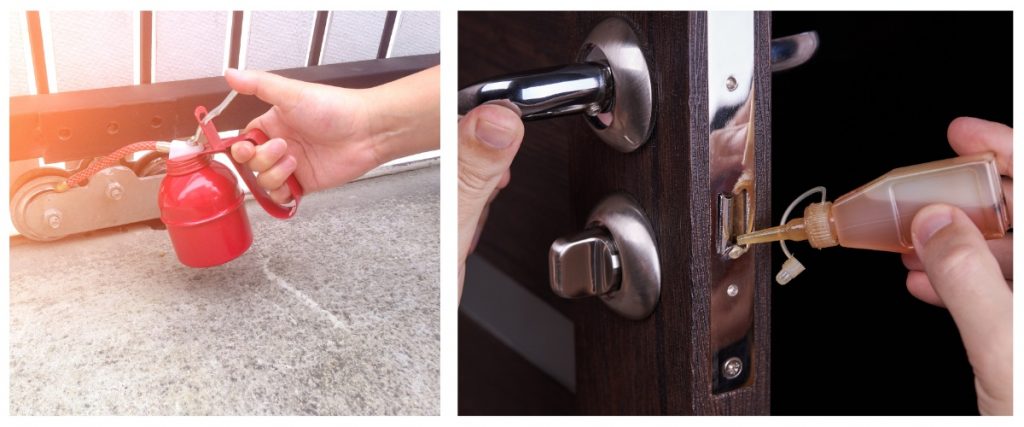
Best Practices for Garage Door Lubrication
Selecting the Right Lubricant – Choosing the appropriate lubricant is crucial. Opt for a high-quality garage door lubricant that professionals or the door manufacturer recommend for optimal results.
Proper Application Technique – Apply the lubricant sparingly, ensuring it reaches the necessary parts without overspray. Excessive lubrication can attract dirt, leading to further issues.
Cleaning and Replacing Parts – Regular maintenance involves lubrication and cleaning and, if necessary, replacing worn-out or damaged parts to ensure the smooth functioning of your garage door.
Importance of Regular Garage Door Maintenance
The components of your garage door, from the torsion springs to the metal rollers, work collectively to ensure a smooth operation. Lubrication minimizes friction, reducing wear and tear while preventing excessive wear on the door components. It’s a small yet crucial step to maintain the functionality of your garage door and prevent rusting, malfunctioning, or squeaking noises.
A Step-by-Step DIY Guide for Garage Door Lubrication
Here’s a step-by-step guide to lubricating your garage door properly:
- Gather your supplies: You’ll need a good-quality lubricant, a rag for cleaning, and a ladder for access.
- Start cleaning: Wipe down the garage door components to remove dirt or debris. This step is crucial to ensure the lubricant adheres well.
- Apply lubricant: Apply a small amount to the key areas mentioned earlier. Be cautious not to overspray or use excessive amounts, which can attract more dirt.
- Operate the door: Open and close your garage door a few times to distribute the lubricant evenly after lubrication.
- Clean up: Wipe away any excess lubricant to prevent overspray and maintain a clean look.
Consulting a Garage Door Technician
If you are trying to decide how often to lubricate your garage door or need assistance, it is always a good idea to consult a garage door technician. They have the expertise and knowledge to assess the condition of your garage door and provide you with specific recommendations based on your situation. A professional technician can also help identify any underlying issues that may affect the performance of your garage door. They can inspect for worn-out or damaged parts and advise on whether they need lubrication, cleaning, or replacement.
Maximize Your Garage Door’s Lifespan by Routine Lubrication
Regular maintenance of your garage door, including proper lubrication, is essential for its smooth operation and longevity. Following a consistent lubrication schedule and employing the right techniques and materials can prevent malfunctions, reduce wear and tear, and extend the lifespan of your garage door. Whether you choose a DIY approach or seek professional assistance, Gulliver Garage Doors stands ready to assist with all your garage door needs in Edmonton, AB, ensuring optimal performance and customer satisfaction.


